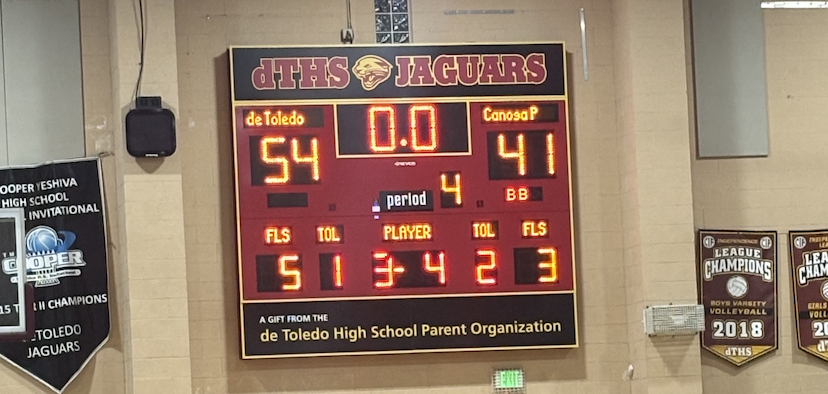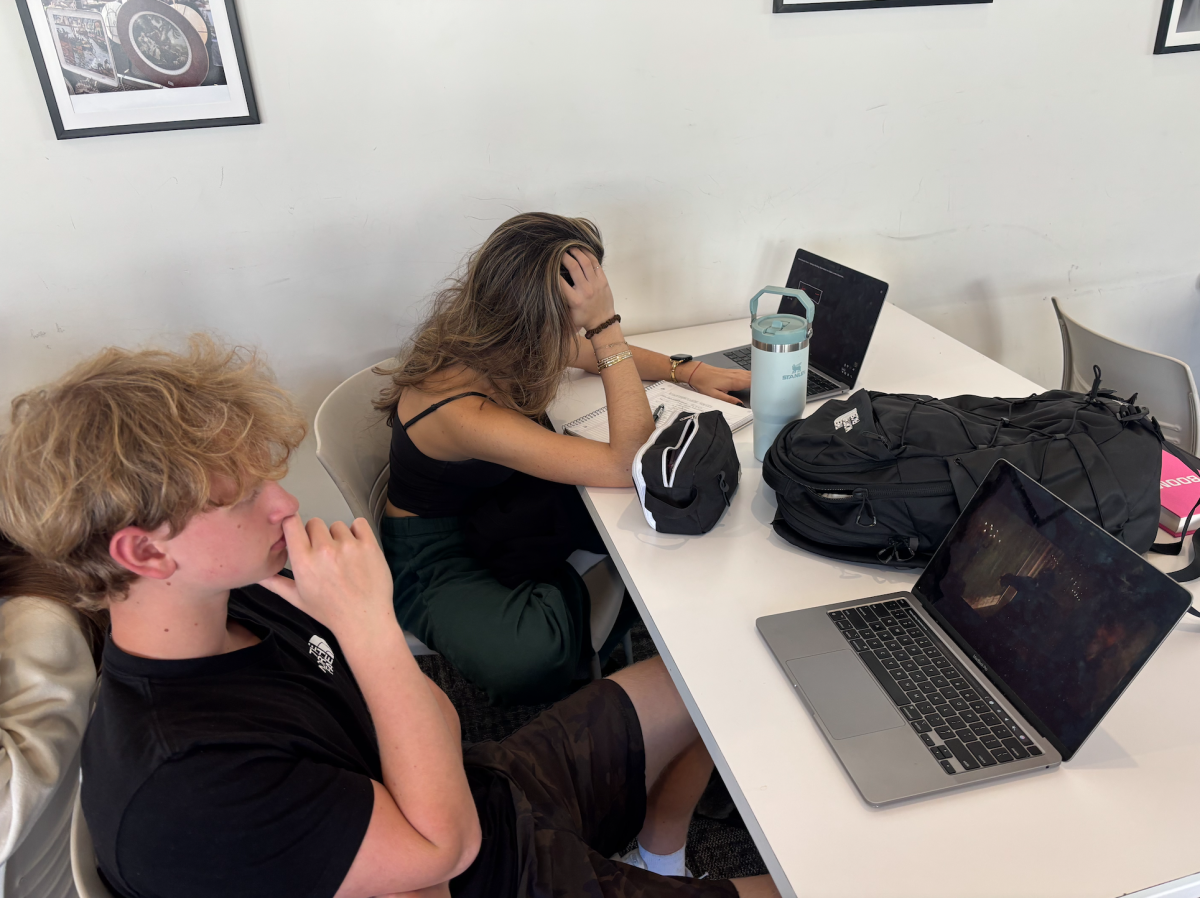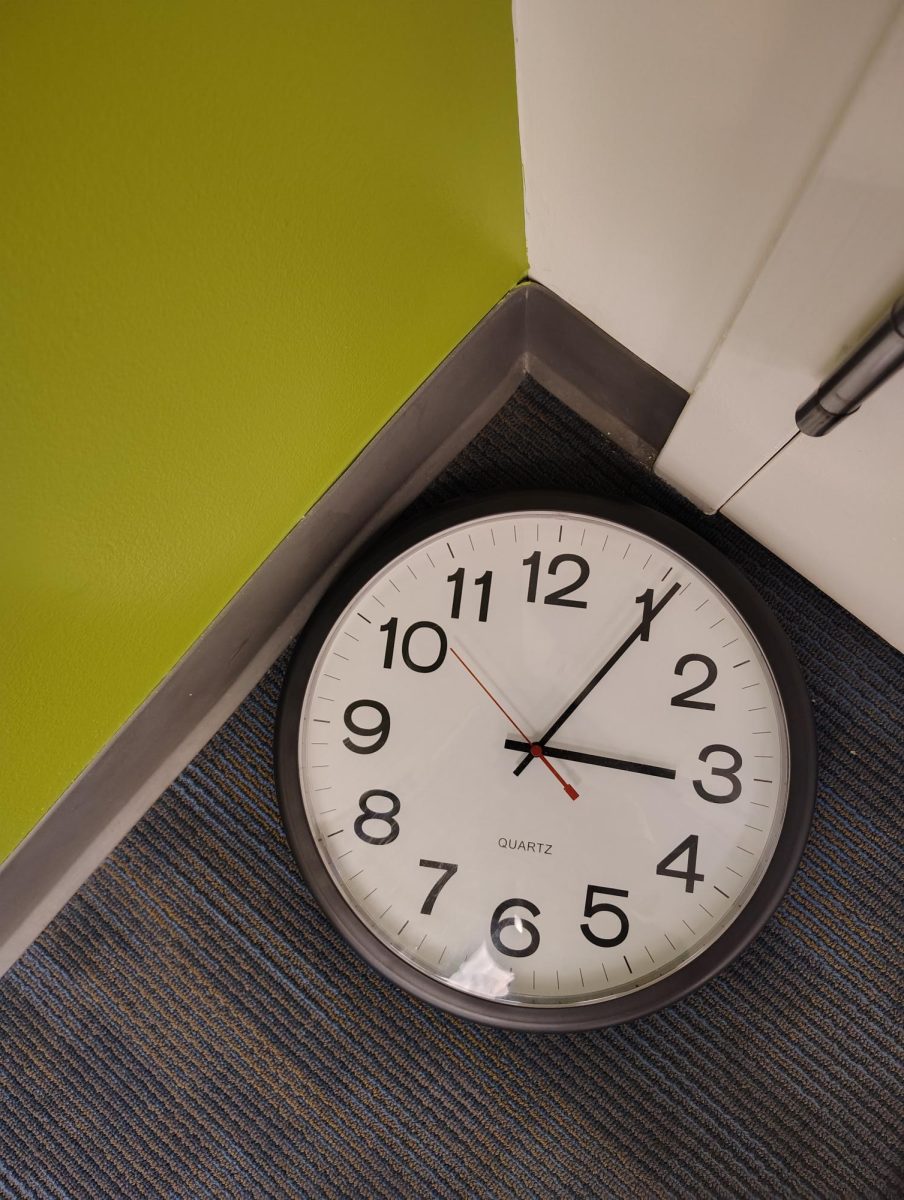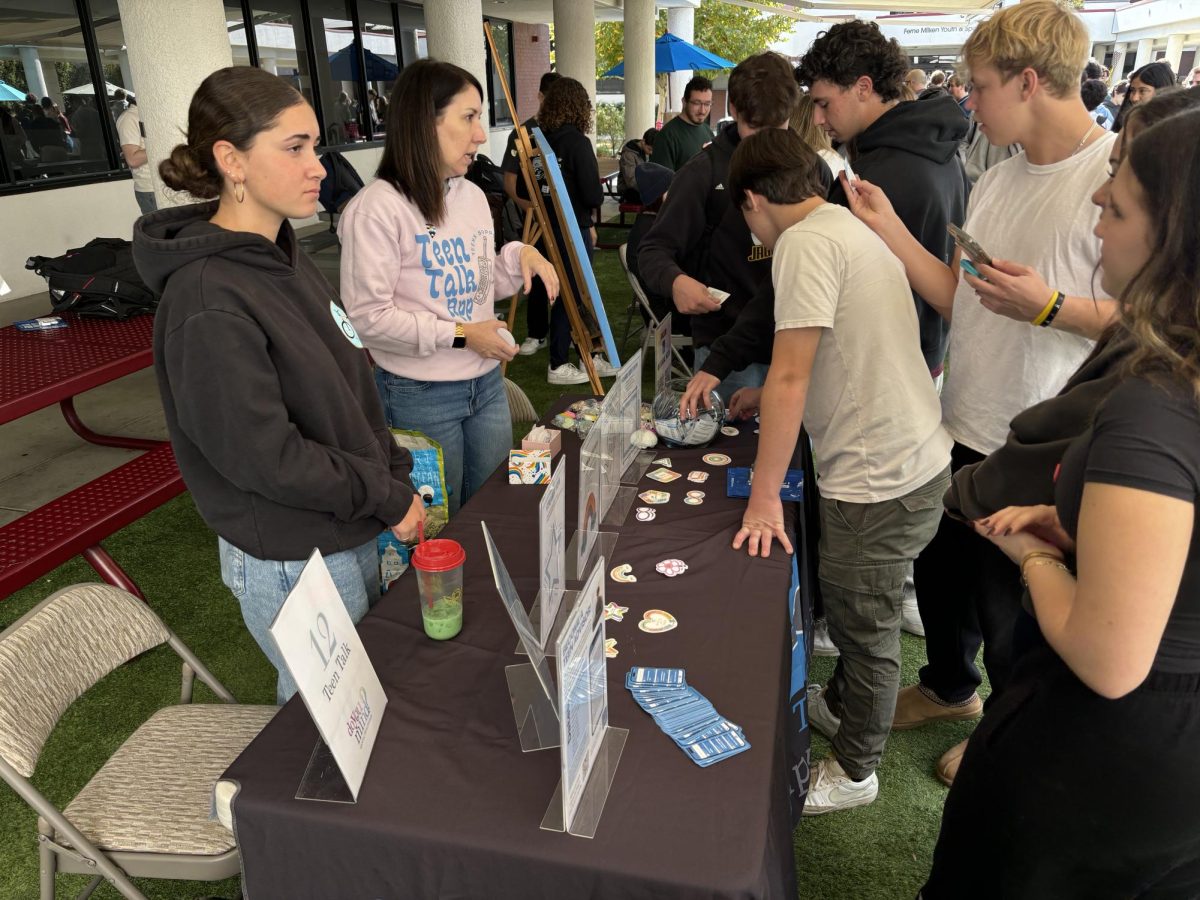The Proposed Restroom Policy
June 9, 2017
As times are changing in our society, our school is considering adopting a policy to make the campus more inclusive. The proposed plan, initially developed by the Faculty Committee on Pluralism and Inclusion, focuses on creating a more gender-inclusive environment in our school by establishing a restroom policy.
This proposal is centered on three main ideas:
Each person may use the multi-user restrooms that are most consistent with their gender identity.
Single-user restrooms shall be clearly marked as all-gender.
One multi-user restroom adjoining the Art Room on the first floor of the Main Building shall be converted from a gender-specific to an all-gender facility. That restroom shall have stalls only that extend from floor to ceiling.
dTHS has been discussing versions of this proposal for a few months, and has solicited input from school stakeholders, including students. In March, the faculty working on this project held focus group meetings which gave student representatives from each grade an opportunity to provide their feedback. In May, the entire student body received a survey inviting them to voice their opinions on this topic.
The proposal has generated many conversations among students and faculty, and their opinions range widely.
Jordan Peterkofsky, a rising senior, expressed her concerns about the policy. She said that she “would feel absolutely uncomfortable using the bathroom under this policy. The bathrooms have been separated by gender for years now, and there is a reason for that. Changing the bathroom policy would influence sexual activity on our campus, but if it were ‘school policy,’ the school could not do anything about it. I know that personally, if I were in a bathroom and needed a tampon or a feminine pad, I would feel extremely uncomfortable being in the same bathroom as a boy, or multiple boys, for that matter.”
On the other hand, students like Noam Haykeen, also a rising senior, support the proposed changes. “Personally,” Noam said, “I agree with the idea of implementing a new bathroom system. Our school’s values strive for inclusivity, which includes transgender people. Each person deserves to use a bathroom they feel comfortable using in regards to their gender, and should not have to deal with choosing between the male or female bathroom. Also, there will be private stalls for those who feel uncomfortable being in a bathroom with someone of the opposite gender. I believe this reform will make our school more inclusive, for it will open the doors to all people in the community. If this policy were to be implemented, I would carry on with my life. And I am for this policy because I believe someone’s sexuality should not define the school they attend. This reform, moreover, will only impact one bathroom. If people do not feel comfortable attending a same-sex bathroom, they will be able to use other restrooms. Our community needs to be inclusive. This should not be a political matter. It is, however, an essential aspect to make sure our school does not exclude anyone.”
The faculty members involved with this project include Mr. Hirsch, Dr. Sacks, Ms. Callaway, and Ms. Neff. These were the teachers, all of whom are members of the Faculty Committee on Pluralism and Inclusion, who sent out the email inviting students to voice their opinions in a survey and organized the student focus group discussions.
Dr. Sacks and Mr. Hirsch explained why they decided to help contribute to this project: “We have not had a policy about this before. Now that we understand that not everyone clearly identifies as a man or woman, we think the school’s current restroom setup does not include everyone. For gender nonconforming students and visitors, it actually is quite unclear what choice they might be able to comfortably make. Going to the restroom should not be a dilemma.”
As for the students’ responses to the proposal, Dr. Sacks and Mr. Hirsch said that “It seems that the clear majority of students clearly want everyone to have a safe space to go to the restroom. This change does not really directly affect anyone who is gender conforming, since all but one restroom will still be gender-specific. We have not yet had chance to speak directly with the student body as a whole about the proposal, but the response we received in the student focus groups and in the written public comment period from students shows a clear desire for us to create safe space for all. More than a few have indicated that while they personally may not use the proposed all-gender restroom, they are glad that it will be available for those who need it or want it.”
Clearly, the proposal has inspired many conversations about how to ensure that dTHS is an inclusive and pluralistic campus. The next step for the proposal is a meeting this month of the Board of Directors, which will decide whether and how to proceed with the restroom policy proposal.



























